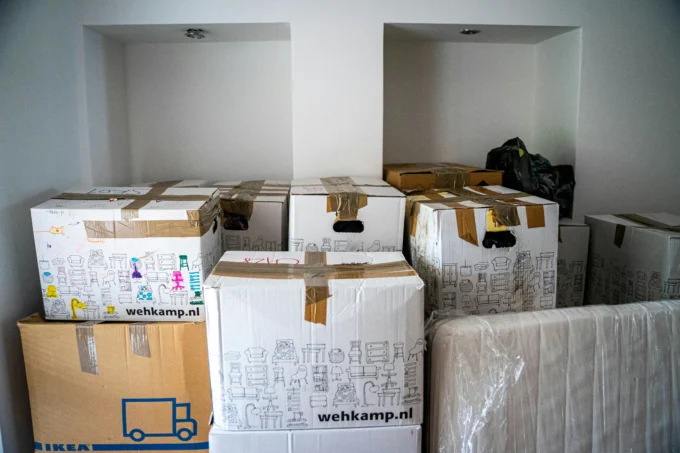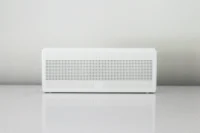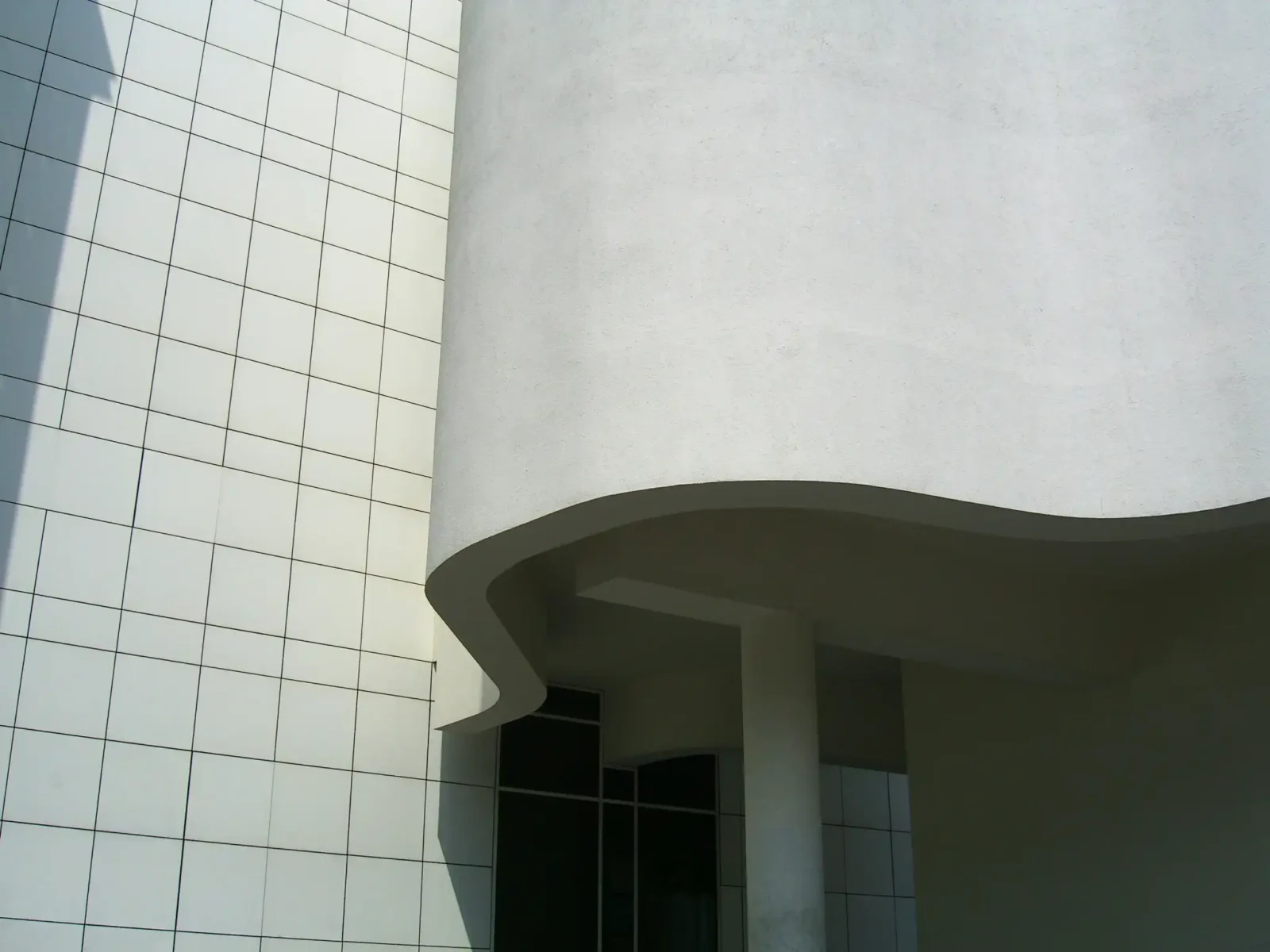- Home
- Articles
- Architectural Portfolio
- Architectral Presentation
- Inspirational Stories
- Architecture News
- Visualization
- BIM Industry
- Facade Design
- Parametric Design
- Career
- Landscape Architecture
- Construction
- Artificial Intelligence
- Sketching
- Design Softwares
- Diagrams
- Writing
- Architectural Tips
- Sustainability
- Courses
- Concept
- Technology
- History & Heritage
- Future of Architecture
- Guides & How-To
- Art & Culture
- Projects
- Interior Design
- Competitions
- Jobs
- Store
- Tools
- More
- Home
- Articles
- Architectural Portfolio
- Architectral Presentation
- Inspirational Stories
- Architecture News
- Visualization
- BIM Industry
- Facade Design
- Parametric Design
- Career
- Landscape Architecture
- Construction
- Artificial Intelligence
- Sketching
- Design Softwares
- Diagrams
- Writing
- Architectural Tips
- Sustainability
- Courses
- Concept
- Technology
- History & Heritage
- Future of Architecture
- Guides & How-To
- Art & Culture
- Projects
- Interior Design
- Competitions
- Jobs
- Store
- Tools
- More
Top Advantages of Steel Structures in Architecture for Modern Design
Discover the transformative power of steel in modern architecture! This article explores the myriad advantages of steel structures, from exceptional strength and design flexibility to remarkable durability and sustainability. Learn how steel enables architects to create innovative designs with vast open spaces while remaining cost-effective.

When we think about modern architecture, steel structures often come to mind. Their sleek designs and robust nature have transformed skylines and redefined possibilities in construction. As architects and builders embrace innovation, steel proves to be a game-changer, offering a range of advantages that elevate both functionality and aesthetics.
Steel structures not only provide exceptional strength and durability but also allow for greater design flexibility. This means we can create larger open spaces without the need for excessive support columns, giving our buildings a contemporary feel. Additionally, steel’s sustainability features make it an eco-friendly choice, as it’s fully recyclable and often made from recycled materials. In this article, we’ll explore the key benefits of steel in architecture and why it’s becoming the go-to material for modern construction projects.

Table of Contents
ToggleOverview of Steel Structures
Steel structures play a pivotal role in modern architecture. We recognize their exceptional strength and adaptability, providing architects with the ability to create expansive spaces without the limitation of excessive columns. Steel’s high strength-to-weight ratio allows buildings to reach impressive heights while maintaining structural integrity.
Steel demonstrates significant durability, resisting various environmental challenges such as corrosion, fire, and harsh weather conditions. This resilience leads to a longer lifespan for structures, reducing the frequency and cost of repairs. As architects, we appreciate that this longevity contributes to the overall value of a building.
Sustainability also stands out with steel structures. Steel is fully recyclable, making it an eco-friendly choice for construction. Many steel products come from recycled materials, which minimizes waste and energy consumption during production. This aligns with our commitment to environmentally responsible practices in architecture.
Moreover, the versatility of steel supports a wide range of design concepts. From intricate facades to complex frameworks, steel can accommodate diverse architectural styles. As a result, we see steel structures as not just functional but also as visually striking elements in our urban environments.
Lastly, steel offers cost-effectiveness in construction. While initial material costs may be higher, the overall efficiency and speed of steel frame construction lead to significant savings. This economic advantage reinforces steel’s growing popularity in contemporary architectural projects.
Strength and Durability
Steel structures offer exceptional strength and durability that contribute significantly to their performance in architecture.

Resistance to Environmental Factors
Steel exhibits remarkable resistance to various environmental factors. It withstands corrosion due to protective coatings and galvanization, ensuring longevity in harsh climates. It also resists fire, as structural steel maintains its integrity at high temperatures. With minimal expansion and contraction, steel remains stable, minimizing damage from extreme temperature fluctuations. Its toughness ensures resilience against severe weather events, such as heavy winds and earthquakes, making it a reliable choice for diverse environments.
Long Lifespan
Steel structures provide a long lifespan, often exceeding 50 years with proper maintenance. Unlike materials susceptible to rot or decay, steel remains structurally sound over time, reducing the need for frequent repairs. Its durability translates into lower life-cycle costs, as steel structures require less upkeep than traditional materials. Additionally, the recyclability of steel means it can be repurposed at the end of its lifespan, reinforcing its sustainability credentials and making it a practical choice for lasting architecture.
Design Flexibility
Steel structures offer unparalleled design flexibility, enabling architects to explore innovative concepts and adapt to various project requirements. This flexibility allows for imaginative solutions that meet both functional and aesthetic goals.

Innovative Architectural Designs
Steel facilitates innovative architectural designs by allowing for vast open spaces and unique shapes. By minimizing the need for load-bearing walls, we can create larger interior areas, enhancing usability and occupant experience. Iconic structures such as the Sydney Opera House showcase curved designs made possible by steel’s structural capabilities. With its ability to integrate advanced engineering techniques, steel promotes experimentation with geometric forms and bold outlines, thereby invigorating modern architecture.
Customization Options
Customization options with steel are extensive and versatile. We can easily manipulate steel properties through various finishes and treatments, ensuring a wide range of aesthetic preferences, from sleek modern surfaces to textured finishes. Additionally, manufacturers provide pre-fabricated steel components that allow for rapid assembly on-site. This level of customization addresses specific design requirements while streamlining construction processes, leading to efficiency and cost savings. The adaptability of steel supports distinctive architectural identities, making it an ideal choice for diverse building types.
Cost-Effectiveness
Steel structures provide significant cost benefits, making them a preferred choice in modern architecture. Their combination of durability, efficiency, and minimal waste leads to substantial savings over a building’s lifespan.

Reduced Material Waste
Steel construction minimizes material waste through precise manufacturing processes. Fabricators can optimize steel use by designing prefabricated components that fit together seamlessly, reducing off-cuts and excess materials. According to statistics, building with steel generates approximately 30-40% less waste than traditional methods, significantly lowering disposal costs. Furthermore, the recyclability of steel allows for reusing materials, aligning with sustainable practices while further decreasing environmental impact.
Lower Maintenance Costs
Steel structures demand less maintenance compared to traditional materials, driving down long-term expenses. Their high resistance to corrosion, pests, and severe weather conditions greatly extends their lifespan. The average maintenance costs for steel buildings can be up to 50% lower than those for concrete or wood structures. Regular inspections and minimal upkeep efforts ensure structural integrity without significant expenditures. This combination of durability and low maintenance positions steel as a cost-effective solution in architectural design.
By leveraging these cost-effective benefits, we enable clients to invest wisely in durable, sustainable, and innovative architectural solutions.
Speed of Construction
Steel structures enhance the speed of construction, significantly reducing project timelines. This rapid building process stems from various factors, including prefabrication and quick assembly methods.

Prefabrication Benefits
Prefabrication plays a crucial role in expediting construction. Fabricating steel components off-site allows us to produce parts in controlled environments, ensuring quality and precision. This method reduces on-site activity and allows for simultaneous site preparation and component manufacturing, shortening overall project time. Additionally, prefabricated steel elements integrate seamlessly, minimizing delays during installation.
Quick Assembly
Quick assembly is another advantage of steel construction. With lightweight steel components, teams can assemble structures efficiently, reducing labor time and associated costs. The ease of connection in steel frameworks accelerates the assembly process, allowing for the rapid erection of buildings. Consequently, we achieve substantial reductions in construction schedules, enabling earlier occupancy and project turnover.
Environmental Benefits
Steel structures provide substantial environmental advantages, enhancing sustainability in architecture. Their inherent properties promote eco-friendly practices, making them a preferable choice for modern constructions.

Recyclability of Steel
Recyclability of steel stands as one of its most outstanding environmental benefits. Steel is 100% recyclable without loss of quality, meaning it can undergo multiple cycles of use. Approximately 70 million tons of steel are recycled each year in the United States, significantly reducing the need for new raw materials. This recycling process conserves energy, as using recycled steel requires about 75% less energy compared to producing new steel from iron ore. Its vast availability as a recycled material supports a closed-loop system, reducing overall carbon footprints in building projects.
Energy Efficiency
Energy efficiency in steel structures contributes significantly to environmental sustainability. Steel’s strength-to-weight ratio allows for lighter and more efficient building designs that require less energy for lighting and heating. Studies show that buildings with steel frames achieve higher energy efficiency ratings than those built with traditional materials. Furthermore, steel’s reflective properties enhance natural light penetration, reducing reliance on artificial lighting. Incorporating energy-efficient insulation within steel structures minimizes thermal bridging, leading to lower energy consumption and reduced greenhouse gas emissions. By prioritizing energy efficiency, steel structures support long-term sustainability goals in architecture.
Conclusion
We recognize several advantages inherent in steel structures within architecture.
- Strength and Durability: Steel offers exceptional strength, enabling the construction of buildings that withstand heavy loads and severe weather conditions. Its durability against corrosion, fire, and environmental challenges contributes to a longer lifespan with reduced repair costs.
- Design Flexibility: Steel allows architects to implement innovative designs that accommodate various project requirements. This flexibility supports the creation of large open spaces, reducing the need for excessive support columns, which enhances both functionality and aesthetic appeal.
- Sustainability: Steel is eco-friendly and fully recyclable, significantly lowering the demand for new raw materials. The use of recycled steel promotes environmentally responsible practices, aligning with modern sustainable architecture goals.
- Cost-Effectiveness: Utilizing steel results in substantial savings over a building’s lifespan. Its durability leads to lower maintenance costs, reducing expenses by up to 50% compared to traditional materials like concrete or wood. Precise manufacturing processes minimize material waste, generating approximately 30-40% less waste during construction.
- Speed of Construction: The prefabrication of steel components accelerates construction timelines. With high-quality, precision-engineered parts assembled quickly on-site, projects reach completion faster, leading to reduced labor costs and improved efficiency.
- Customization Options: We appreciate the extensive customization options available with steel, including a variety of finishes and treatments that meet diverse aesthetic preferences. This adaptability allows for unique architectural identities that can set projects apart.
Through these benefits, steel structures stand out as a preferred choice in modern architecture, combining form and function while addressing environmental considerations and economic factors.
- advantages of steel buildings
- aesthetic steel structures
- architectural steel structures
- cost-effective steel buildings
- durability of steel buildings
- eco-friendly steel architecture
- innovative steel structures
- modern design steel structures
- modern steel structure design
- steel architectural design benefits
- steel architecture benefits
- steel building advantages
- steel construction advantages
- steel design in modern architecture
- steel framework architecture
- steel in contemporary design
- steel structures in architecture
- steel structures modern architecture
- sustainable steel design
Submit your architectural projects
Follow these steps for submission your project. Submission FormLatest Posts
The Ultimate Guide to Fencing in North Dakota: Choosing the Best Fence for Your Property
Watching a chain link fence twist in 70 mph winds near Minot...
Gaudí: Where Architecture Meets Science
Gaudí: Where Architecture Meets Science shows catenary arches, ruled surfaces, and biomimicry...
How Housing Market Forces Shape Architectural Design Today
Architecture never exists in isolation. Buildings rise from a mix of ambition,...
Why Portable Formaldehyde Gas Detectors Matter on Construction Sites
As construction practices shift toward more enclosed and material-intensive environments, the risk...












Leave a comment